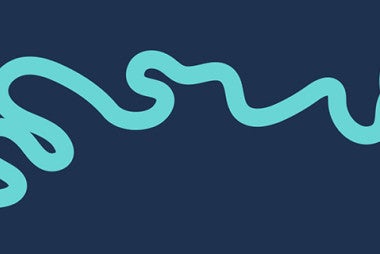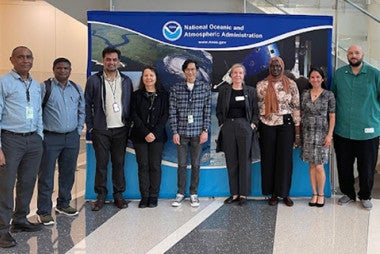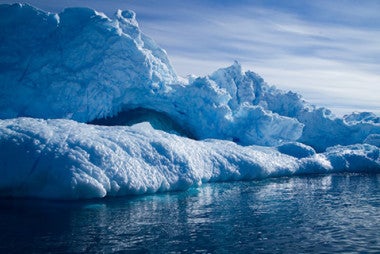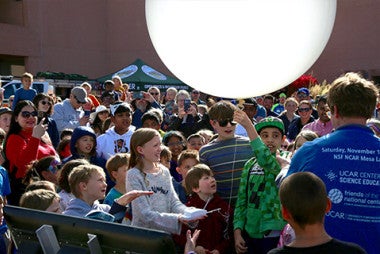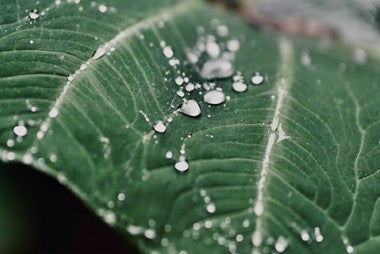Aboard the Okeanos
The only federally funded vessel exclusively for the purpose of exploration is NOAA’s Okeanos Explorer. Earlier this year CPAESS Writer | Editor Christa Rabenold, who works with NOAA’s Office of Ocean Exploration, spoke with us about her time onboard. At the beginning of every field season NOAA puts the Okeanos Explorer to sea for a “shake down” mission. Its purpose is to test out all of the technical equipment and ensure they are thoroughly prepared for the summer through November expeditions. Christa went on this voyage to learn about what it’s like to experience an expedition; in addition to capturing images, collecting the stories that were uncovered during the trip, and communicating on social media.
While excited about the purpose of the voyage, Christa did have a little bit of trepidation. Like most of us she had not been on a big boat out on the ocean for nights on end. Equipped with an arsenal of anti-nausea medication Christa let her curiosity be her guide. She knew this would be a wonderful experience, and she was not wrong.
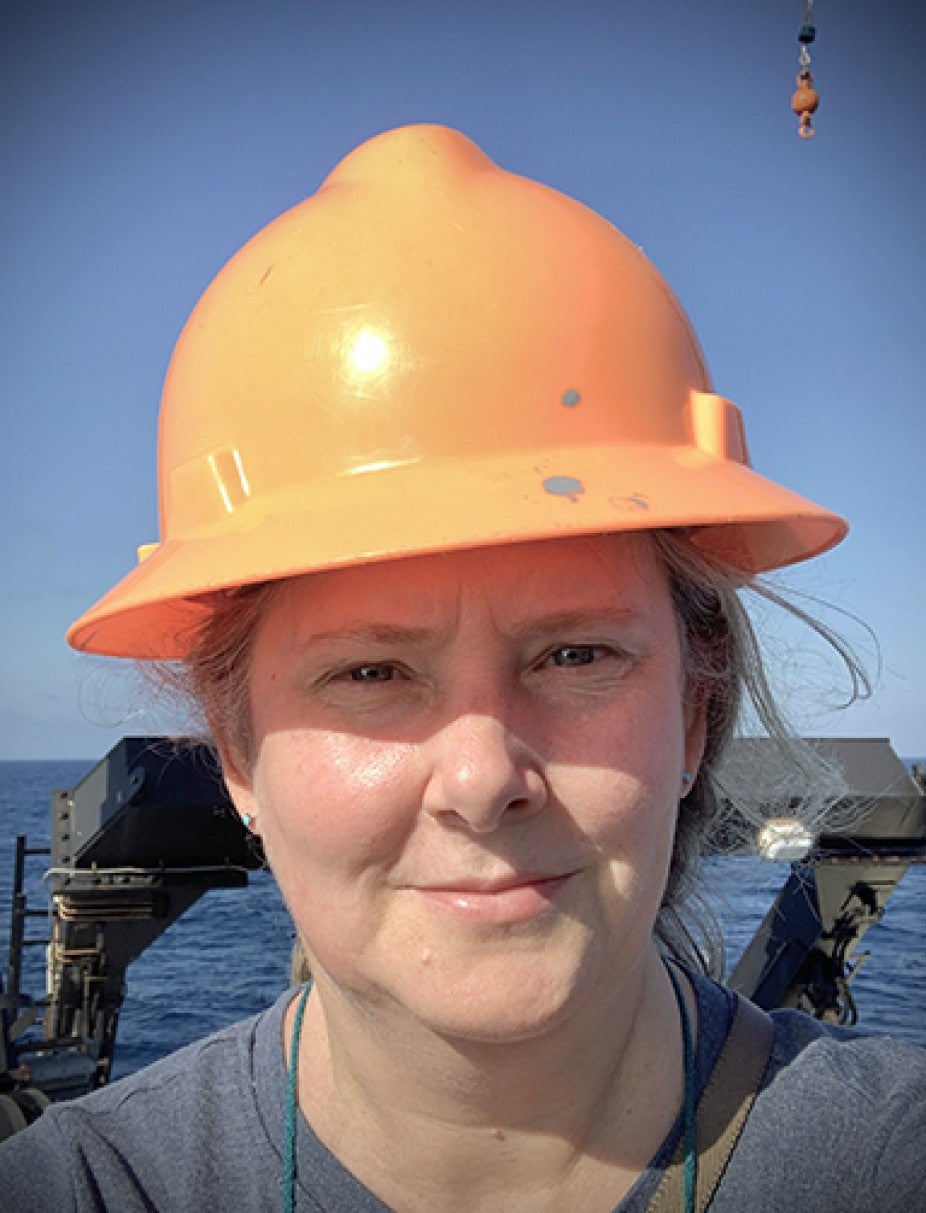
CPAESS Writer | Editor onboard NOAA's Okeanos to learn about the vessel and its mission of scientific exploration.
When asked about the nature of the planned expedition she told us that, one of the signature approaches that NOAA’s Office of Ocean Exploration uses is “to really be responsive to the scientific and natural resource community.” So in the planning stages of the voyage they reach out to discover what these communities might need to aid them in the progress of their work. When the voyage was planned to go from Mississippi to Key West, they looked for a man-made object to use in testing out Okeanos’ equipment. In consultation with maritime heritage experts they decided to go to a shipwreck where more information was needed.
The primary purpose of a “shake down” mission is to ensure that the “remotely operated vehicle (ROV), mapping, telepresence, positioning, and other important systems needed to conduct scientific activities were working properly and prepared for the season ahead.” On this voyage the “ROV testing and operations consisted of seven dives using the dual-bodied ROV system of Deep Discoverer and Seirios. Dives ranged in depth from 490 to 3,420 meters (1,608 to 11,220 feet). During these dives, ROV engineers tested Deep Discoverer’s existing electronic, hydraulic, lighting, and camera systems (NOAA).”
Additionally, they were able to test a unique camera with a feature that stimulates bioluminescence, and adjusted their multi-beam sonar all while mapping “926 square kilometers (1,902 square miles) and 829 linear kilometers (515 miles) of seafloor in areas deeper than 200 meters (656 feet), focusing on areas with no or low-quality mapping data (NOAA).” They also collected geological, biological; and water samples for environmental DNA analysis.
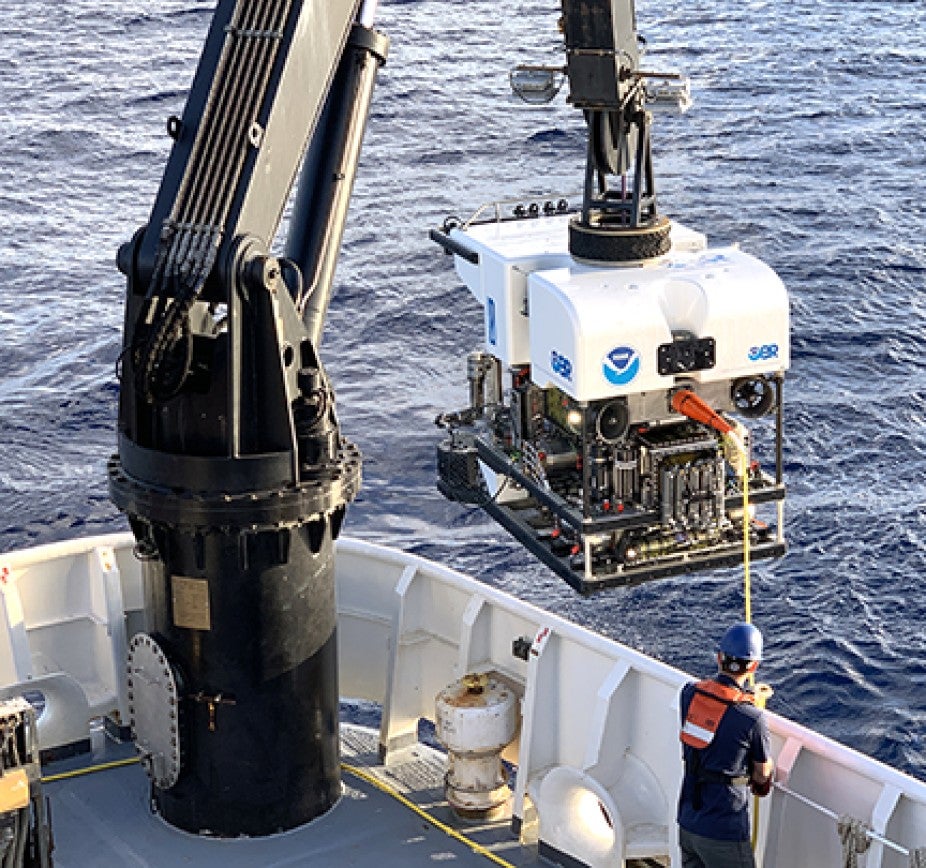
Picture from onboard the Okeanos as it lowers an ROV into the ocean.
On the expedition they tested a new BlueView sonar whose purpose is to help ROV pilots find underwater objects before they are lit up by the ROV lights. It is with this equipment that the shipwreck was found. “With video from the dive and extensive research, scientists confirmed that the wreck is likely the historically significant 19th century whaler Industry (NOAA).”
On the bottom of the Gulf of Mexico they found the Industry, a 207 year old whaling vessel. Not only was this an incredible piece of marine archeology, this ship represented the stories of the lives of African slaves and Native Americans who were unsung crew members for ships such as this one. “This 19th century whaling ship will help us learn about the lives of the Black and Native American mariners and their communities, and the immense challenges they faced at sea and on land,” said U.S. Deputy Secretary of Commerce Don Graves. NOAA Administrator Rick Spinrad explained that this discovery “reflects how African Americans and Native Americans prospered in the ocean economy despite facing discrimination and other injustices (NOAA).”
Scientists have since delved deep into the history of the crew members on the Industry and how these ships played pivotal roles in the lives of people who have been historically overlooked. Please find out more about the fascinating research related to the maritime finding of Industry.
After the two weeks onboard, not only had all the critical equipment been tested and prepped for the upcoming season, but a magnificent discovery of great cultural significance was found. The shake down expedition was indeed a success. For Christa this new experience enabled her to not only see the nuts and bolts of what goes into an ocean expedition, but enjoy the thrill of discovery.
